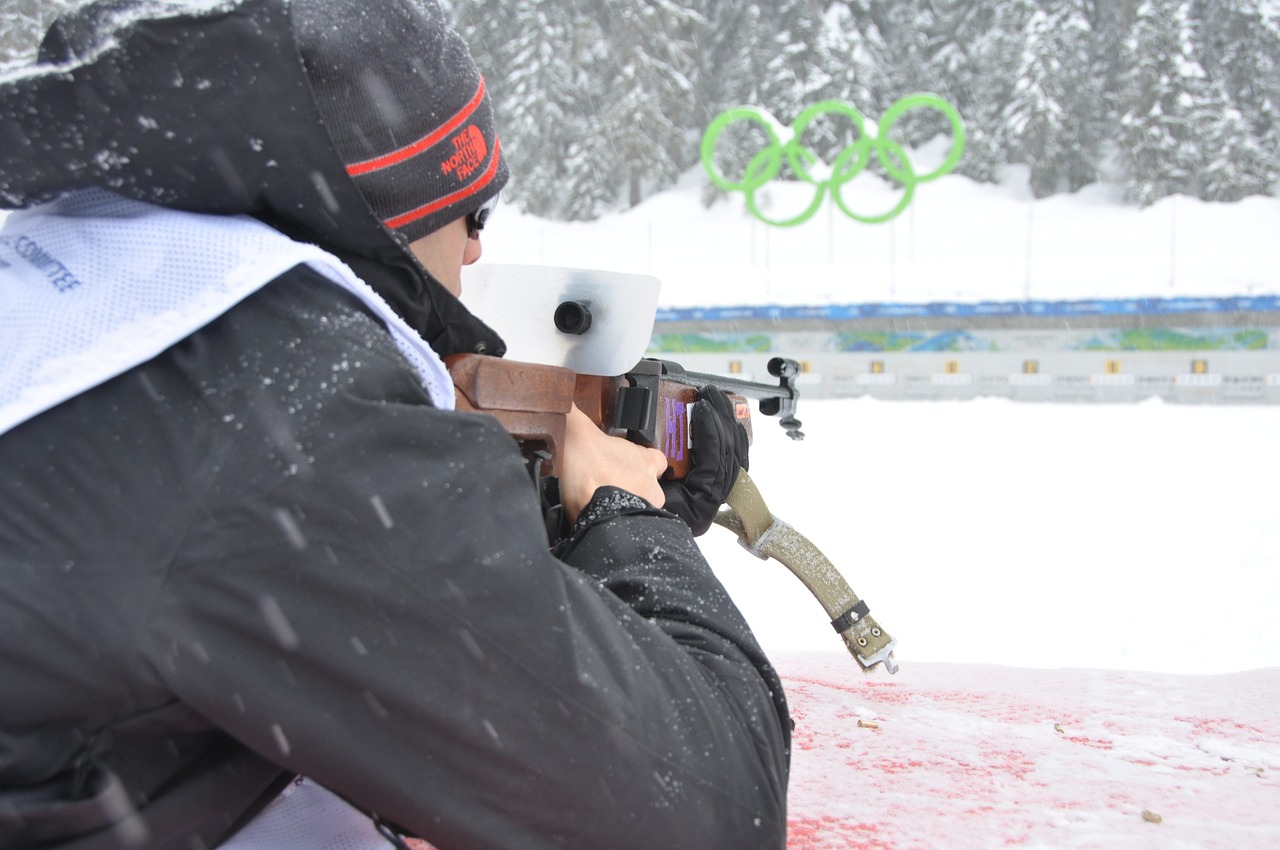Breaking Down the Science of Soccer: An In-Depth Look at the World's Most Popular Sport
Soccer, or football as it's known outside of North America, is a game that has captivated the hearts and minds of countless individuals worldwide. This sport is more than just a game; it's a spectacle of athleticism, strategy, skill, and unpredictability that unites people across the globe. But what makes soccer such a riveting game? This article delves into the science behind soccer, from the physics of the perfect kick to the physiological demands of the game on players.

A Brief History and Global Influence of Soccer
Soccer has a rich history dating back over 2,000 years, with its roots in ancient civilizations such as China, Greece, and Rome. However, the game as we know it today originated in England in the mid-19th century, when the first official rules were established. Since then, soccer has spread across the globe, becoming an integral part of cultures worldwide. Today, it’s estimated that over 250 million people play soccer, making it the most popular sport globally.
The Physics Behind the Perfect Kick
When it comes to the perfect soccer kick, several factors come into play, including the angle of the kick, the spin of the ball, and the player’s technique. Research has shown that a 45-degree angle is optimal for maximizing distance, while a side-foot kick is best for accuracy. Also, by applying spin to the ball, players can curve their shots, adding another layer of complexity and skill to the game.
Physiological Demands of Soccer
Soccer is a demanding sport that requires a high level of fitness. Players often cover 10-12 kilometers in a match, with a blend of walking, jogging, running, and sprinting. This constant change in intensity places significant demands on the cardiovascular system. Furthermore, the physical contact, jumping, turning, and quick changes in direction require strength, agility, and balance. Research has shown that successful soccer players typically have a high level of aerobic and anaerobic fitness, muscular strength, and agility.
The Role of Strategy in Soccer Success
While physical attributes are crucial, the strategic aspect of soccer should not be underestimated. The use of formations, tactical decisions during games, and the allocation of roles and responsibilities can greatly impact a team’s performance. Successful teams often have a well-defined game plan that utilizes the strengths of their players and exploits the weaknesses of the opposition.
Soccer and Mental Toughness
The mental aspect of soccer is as pivotal as the physical and strategic elements. Players often have to deal with high pressure, handle failures, and make split-second decisions. Studies have shown that mental toughness, including self-confidence, motivation, focus, and resilience, can significantly influence performance in soccer.
In conclusion, soccer is a multifaceted sport that encapsulates various elements of science, from the physics of the perfect kick to the physiological demands on players. It also involves a high level of strategy and mental toughness. This combination of physical, mental, and strategic elements contributes to soccer’s complexity and worldwide appeal. Through understanding these aspects, we can appreciate the game on a deeper level and admire the skill and dedication of those who play it.





